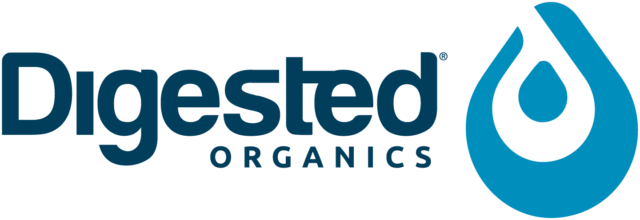I learned about computers during a time when punch cards, FORTRAN and COBOL were trendy terms. I’m not going to say that I remained stuck in the computerized era of the 1970s and ’80s. After all, I found my way around the Web and I could always email with the best of them. But this Facebook and Twitter stuff seemed to be for a generation of people I simply didn’t feel I needed to – or could – connect with.
Two years ago, my hand was forced. If I wanted to see pictures of the grandkids, I needed to jump on board and join Facebook. So, off I went and you know what? It wasn’t that bad.

soon took a complete leap and, before I knew it, I had access to not only many photos of the grandkids but all sorts of opportunities to learn and share about what we do as dairy farmers.
I learned all about the “social” aspect of social media. And, as most dairy farmers know, it never hurts to become as social as possible with the people who are buying our products – and even with those who don’t.
In addition to our cows, I now manage a Twitter account. I honestly feel that in the long run, the cows – and me – are going to be much better off because of it. What once was never possible in my wildest dreams now is a part of my daily routine.
Yes, I tweet each day – sometimes more than once.
The dairy checkoff’s social media experts helped me along the way with training. The way I figured it (and likely them, too) is that if they could get me up and running on this endeavor, there is hope for anyone.
Twitter never will consume my day or take away from the cows’ needs, but I dedicate time to it each day. We have a morning break at around 9 o’clock when I review my Twitter account. I do the same again at lunchtime and around supper. I try not to spend more than 10 or 15 minutes each time.
I provide thoughts on a variety of topics: dairy nutrition, dairy products, cow management and sustainability, to name a few. I even manage a little political sarcasm!
But, ultimately, this is about making connections with consumers in a one-on-one format. They have a disconnection with dairy farmers – but it’s fair to say we have a disconnection with them, too. They don’t always understand what we do on our farms and why we do it. We have a responsibility to help them understand.
Twitter helps build these bridges – 140 characters at a time.
I’ve come a long way from the days when I felt my 5-year-old granddaughter was less intimidated by computers than I was. The social media world isn’t a scary place after all. There is plenty of room for more dairy farmers to jump in, even if their motivation to get started is checking out the latest photos of the grandkids.
To learn more about promoting dairy through social media, click here to email.





